High sugar foods can be harmful to young children
By age four, you can offer your child a huge variety of fresh, healthy foods as part of their three meals per day, plus snacks. Remember, they only have tiny tummies, so they don’t need adult-sized portions. Giving them small servings of low-sugar foods will help to keep their teeth and bodies healthy. We’re here to help make healthier food choices easier for you, your family and the whole of Sheffield. So, you’ll find lots of great ideas on this website to help you to cut down on sugar.
How much is too much?
Public Health England recommends that children between the ages of four and six have no more than 19 grams of added sugar per day, that’s the equivalent of 4.5 teaspoons. Added sugar is any type of sugar that is added to food and drinks. It is important to remember that fruit juices and smoothies also count towards a child’s daily limit.
Did you know, a child’s daily limit of added sugar can be consumed just one large bowl of frosted cereal!
What are the risks of too much sugar?
Too much sugar can lead to obesity which in turn can lead to a range of physical and mental health problems, including type 2 diabetes, high blood pressure, low self-esteem and depression. Poor eating habits can also have a negative effect on how well your child sleeps, behaves and achieves in school.
Sugar fact: Almost 1 in 4 Sheffield children are overweight or obese at age five.
5 ways to reduce sugar in your child’s diet
Lots of popular foods are hiding very high amounts of sugar, so it’s easy for a young child to go over the recommended daily limit. Here are a few simple ways you can cut back on sugar in their diet.
- Avoid or limit sugary drinks
- Fruit juices contain high amounts of sugar. Try to water down cordials and choose no-added sugar varieties. Water or milk are still the best low-sugar choices.
- Switch to naturally tasty foods
- Fruit and vegetables are packed with natural sugars that should satisfy any sweet cravings. Make fruit kebabs or fun faces to make them seem more appealing.
- Ditch processed foods or eat less
- Ready meals and convenience foods are full of sugar. Some sauces in jars can also be guilty of containing very high amounts. Buy low sugar versions or try to cook from scratch, where possible.
- Check the sugar content of cereals and swap to low sugar versions or high protein breakfasts such as scrambled eggs or omelette
- Most popular children’s cereals contain too much sugar. Be sure to check the ingredient label and use the traffic light system on the front of the pack to quickly check the contents. Green means low sugar, but always check the other nutritional information too, as low sugar products could still be high in salt or fat. Try to eat high sugar foods in moderation and if you want an alternative to something sweet, try fresh fruit.
- Plan healthy snacks
- It’s easy to reach for the biscuit tin after school, but snacks can soon add up to too much sugar. Try to swap to healthier alternatives such as fruit, vegetables, rice cakes, breadsticks or crackers. These are all good, healthy options.
Sugar swaps - how to avoid the worst offenders (children 4-6)
Click or tap the card to reveal the swap
Breakfast Swaps
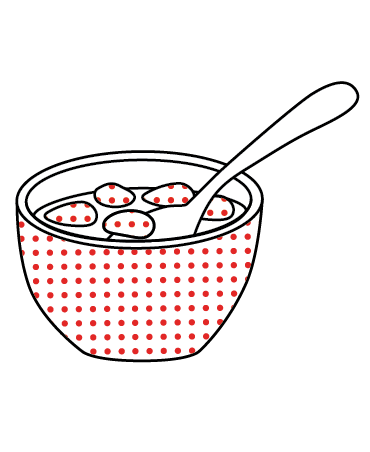
Chocolate cereal
9g
Swap suggestion
Wheat biscuit cereal
1.6g
Lunch Swaps
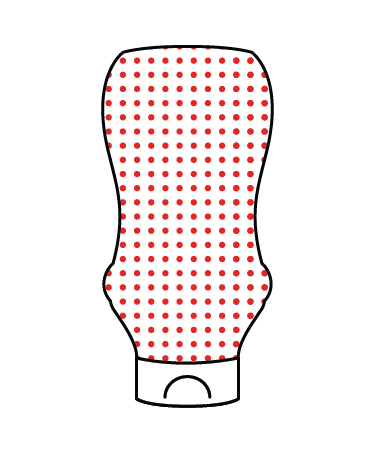
Ketchup
4g
Swap suggestion
Low sugar alternative
1.7g
Snacks Swaps
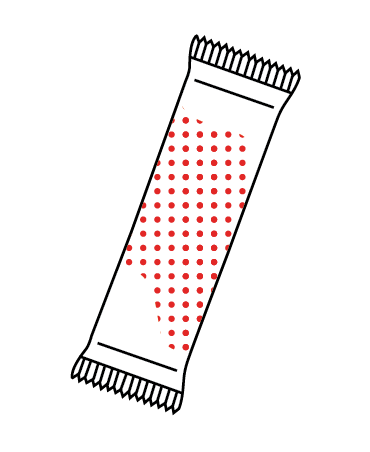
Snack bar / biscuit
10g
Swap suggestion
Crackers and soft cheese
0.3g
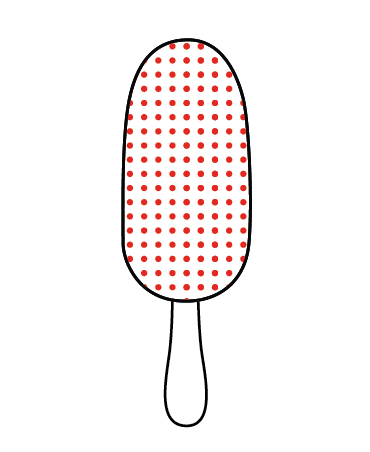
Chocolate coated ice cream stick
24g
Swap suggestion
Sugar-free jelly
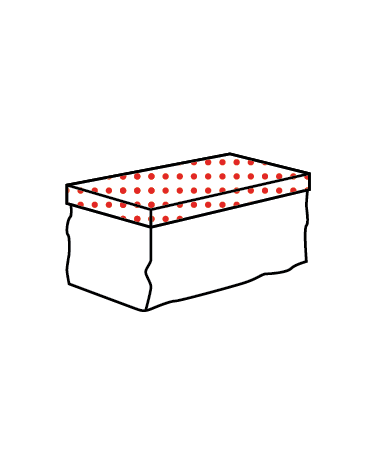
Chocolate Flapjack
30g
Swap suggestion
Slice of malt loaf
5g
Drink Swaps
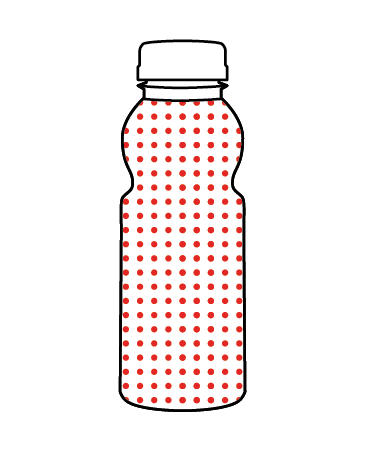
Juice drinks
13g
Swap suggestion
No-added sugar cordial
(with water)
Based on approximate quantities; taking an average from a collation of popular brands and supermarket product
